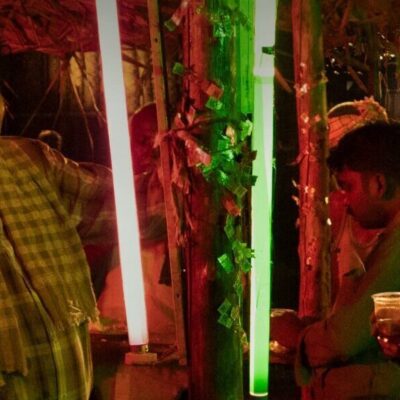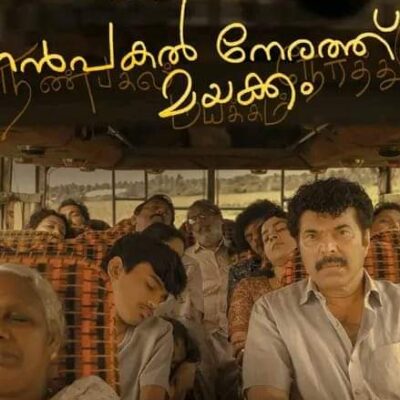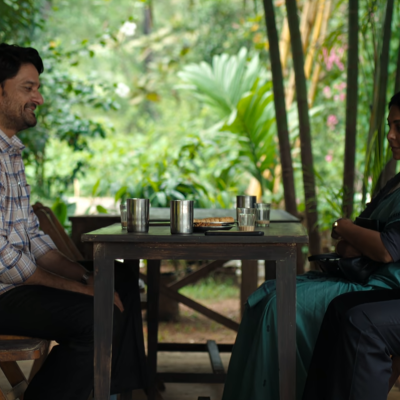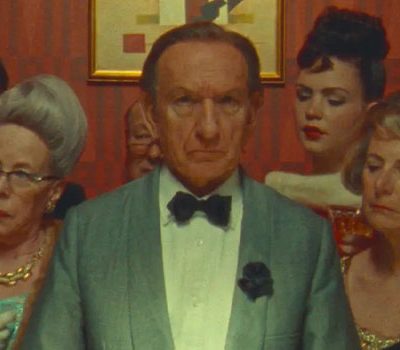DISCLAIMER: I usually have the habit of putting a disclaimer at first that there shall be no spoilers in the following article but yet suggest my readers watch the about-to-discuss movie. But for this, I’d like to read this article first, watch the movie, and read this again because you might get a better grasp of the explanation that I am about to publish. Happy reading!

Have you ever wondered, what would be if the fallen stars are still shining bright like a diamond (no Rihanna here!) and how its light would dawn the space, which is filled with vacuum and nothingness, and make it a little palpable? Well, I wondered about it, since my teens, or maybe let’s just say when I started watching movies – to be precise, the moment when I first saw Pyaasa.
The moment any person who has watched Pyaasa would like to know more about Guru Dutt because he was the one who wrote, directed, produced, set the staging, and yes also acted as the lead. So, one cannot help but research his other movies and start binge-watching (although I wouldn’t suggest you to binge-watch his movies because it creates a void in you after a certain point). By the time you reach Pyaasa (again), you watch it again and move on to Kaagaz Ke Phool. That’s when you totally fall in love with the craftsmanship of Guru Dutt and go next only to find that was his last movie (as he died a few years later with an alleged suicide. At that moment, you’d feel like, “I wish he was still alive, what kind of movies he’d go on to make. What kind of cinema did he let us, the audience, see? And in what ways he might’ve made our taste for cinema better?” Because Guru Dutt was indeed a fallen star.
And CHUP paid its homage to such a fallen star and gave a glimpse of what “would’ve been” and “could’ve been” scenario had he been still alive, or at least alive for a few more decades than he originally passed.
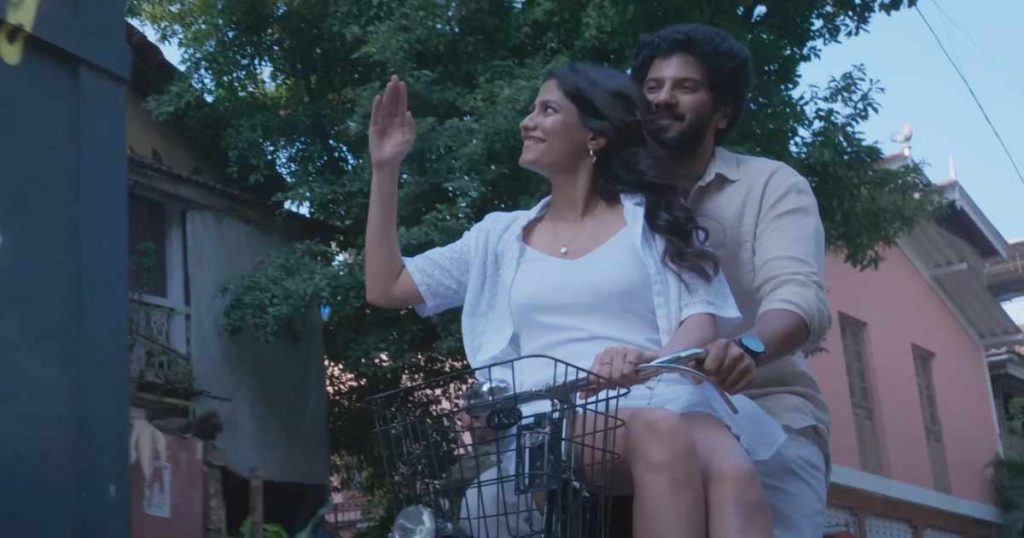
This movie (CHUP) gets everything right on track, unlike other films which only have the first-half right and the second-half losing its course. The visual storytelling (not to confuse with Mani Ratnam or Wes Anderson-esque), roles played right (no dhaai kilo ka haath anywhere), enough sound design (with no agenda-based jump scare BGM), and the conviction of the story itself. It has its flaws, no doubt, but I’m not here to judge/review/state how it was but to RATE IT (IfYouKnowYouKnow).
The melancholy of Pyaasa, the void of Kaagaz Ke Phool, and the dry humour of Mr. & Mrs. 55 are seen in CHUP, which is not only very difficult to handle but also to project aptly without going too artsy about it. This film had brought back, or rather reminded us of, the true golden era of Hindi cinema i.e., the 40s to late 60s/early 70s, and in a way showed us that a film with/without “aesthetic sense”, set design, and nostalgic factor, can be well made if the heart is at the right place, and so does other parts of the organs – if the story is good.
There was a kilo (if not tonne) of references related to Guru Dutt, his artistry, his movies, et al which were so enriching to see on the big screen (especially Guru Dutt’s face on a big screen) and was executed neatly without going into the flush and slicing it bad. Having said that, there is no compulsion to watch his works before watching CHUP but if one has seen or knows about Guru Dutt, they’d appreciate and connect the movie on a much deeper and personal level. The voice of Geeta Dutt whenever Danny/Gomes (Dulquer Salmaan) and Nila (Shreya Dhanwanthary) meet or go on a free-spirited stroll, my heart just skips a beat, as if I was falling in love all over again for the first time. Sunny Deol was good in CHUP as he was in Darr, and let’s just keep at there.
Balki has truly captured the frustration of Guru Dutt back when Kaagaz Ke Phool became a box-office failure and was heavily criticized by critics, only to become a cult movie decades later. I think Guru Dutt would be happier (and alive!) if it had done well rather than becoming a cult later. Hence, celebrating him, his movies, Kaagaz Ke Phool, would make him very happy and also sad not to enjoy that level of recognition that he’s getting now.
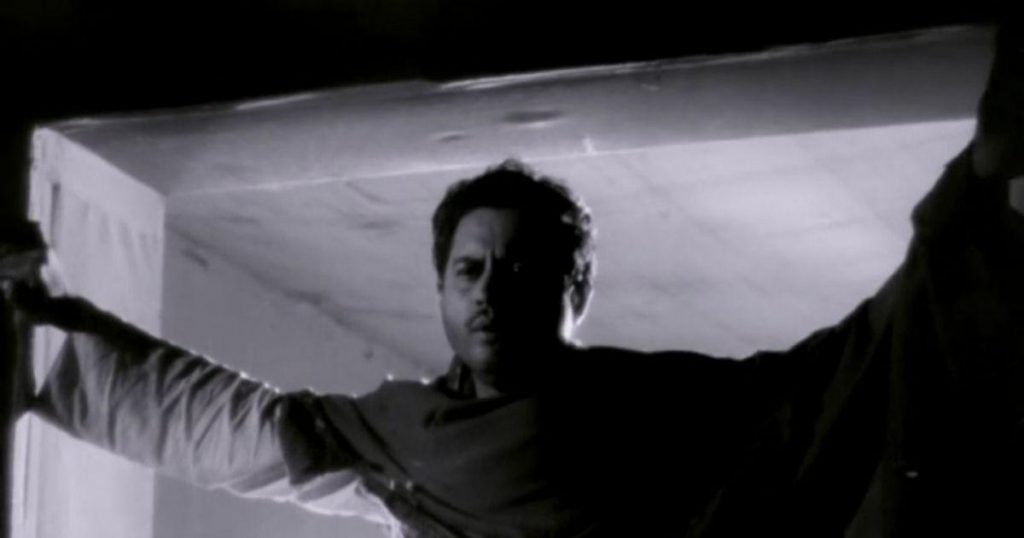
I never go on the toxic loop of “reviewing the movie” road but for this, one cannot escape the very trap laid by Balki and his team. So let me review this film and it goes something like this:
The director tried to create an award-winning painting of Cross with the blood but instead spilled the ‘red paint’ aimlessly here and there only to make an abstract painting that is auctioned to millions. So, has the director failed to make art, or has he done justice to the artistry, only you can tell.
I’m giving this film a three and three quarters tulips.
Oh! Did I say that the last scene of the movie is just a chef’s kiss for cinema lovers, especially for Guru Dutt aficionados?



